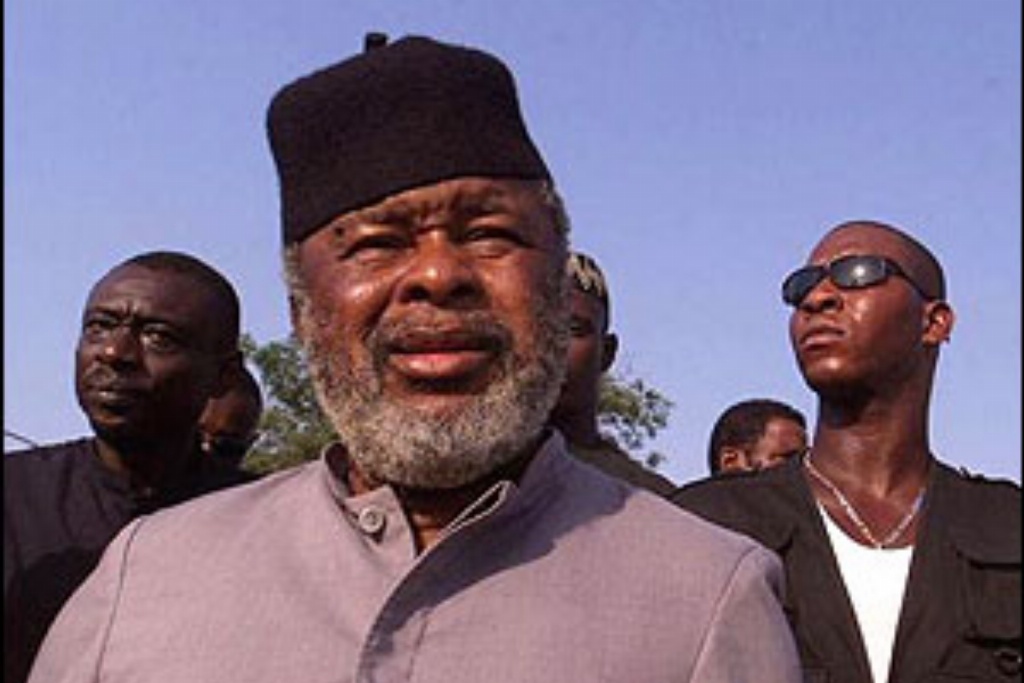January 6th, is a day for national reflections and healing in Sierra Leone. A day like no other in the history of Sierra Leone in which thousands were killed, mutilated, and their bodies left to rot in the streets without proper burial. In reflection of this dreadful day, we are looking at the history of the man that is mainly responsible for all these atrocities, Foday Saybana Sankoh.
Sankoh was a former itinerant photographer and Sierra Leonean soldier, who went on to found and lead one of the world’s most gruesome military organizations, the Revolutionary United Front (RUF), which was responsible for majority of the killings of over 50,000 people and the largest share of other abuses committed against civilians during the 11 years war.
He was born on 17 October 1937 in the remote village of Masang Mayoso, Tonkolili Dustrict in the Northern Part of Sierra Leone to ethnic Temne father and a Loko mother. He attended primary and secondary school in Magburaka, Tonkolili District and took on a number of jobs in Magburaka before he joined the Sierra Leone army in 1956.
He undertook training in Nigeria and the United Kingdom. In 1971, then a corporal in the Sierra Leone army, he was cashiered from the army’s signal corps and imprisoned for seven years at the Pademba Road Prison in Freetown for taking part in a mutiny.
On his release, he worked as an itinerant photographer in the south and east of Sierra Leone, and later joined other Sierra Leonean dissidents in Libya, where Col. Muammar al-Gaddafi was sponsoring revolutionary movements throughout the world. He later went to Liberia, where he joined forces with another young charismatic and ruthless revolutionary leader Charles Taylor, who became president of his country after a brutal civil war.

Eventually returning to Sierra Leone, Sankoh was the leader of the RUF. But the high-minded movement to eliminate corruption soon degenerated, as impoverished young men sought to make their own fortunes. (https://teamtapper.com/)
The RUF quickly earned a savage reputation, as they amputated limbs of civilians, routinely raped women and girls and abducted boys to join their army. Young recruits were often forced to rape or kill a family member, thus preventing a return to their previous lives. RUF young soldiers were often forcibly injected with cocaine before going into battle.

Although he was affectionately known as Papa by his troops in the Revolutionary United Front, RUF, Sankoh was so widely despised in Sierra Leone, that cheering, dancing people filled the streets when news of his capture swept throughout Freetown.
Sankoh was captured in early 2000 after his fighters gunned down more than a dozen protesters outside his Freetown home. Soldiers shot him in the thigh as he attempted to avoid capture. The bleeding Sankoh was surrounded by a mob that beat him, pulled off his clothes and paraded him naked through the streets. He was eventually taken into military custody.
His capture came nine days after he had disappeared from his home where he had been detained under house arrest. The rebel leader has been captured before. He was sentenced to death in 1998, but his RUF forces responded with a horrific invasion of Freetown. West African troops, led by Nigeria, repulsed the attack several weeks later. Sankoh subsequently received amnesty in return for signing the July 1999 peace treaty.
Sankoh was handed to the British. Under the jurisdiction of a UN-backed court, he was indicted on 17 counts for various war crimes, including use of child soldiers and crimes against humanity, including genocide, enslavement, rape and sexual slavery.
In June 2002, in one of his last court hearings in which he spoke, the rebel leader appeared disheveled, his hair in matted white dreadlocks. His comments were rambling.

“I’m a god,” the handcuffed ex-warlord told court officials. “I’m the inner god. I’m the leader of Sierra Leone.”
His deteriorating condition slowed proceedings, and Sankoh made his last court appearances in a wheelchair and was unable to respond to questions.
Sankoh died in hospital of complications arising from a stroke whilst awaiting trial on the night of 29 July 2003 at the age of 66. In a statement by the UN-backed war crimes court, chief prosecutor David Crane said that Sankoh’s death granted him “a peaceful end that he denied to so many others”. He was buried in his hometown of Magbruka in the northern province of Sierra Leone. His survivors include his wife, Fatou Sankoh, and at least one daughter.
Sources: Brittanica, Wikipedia, International Justice Monitor, Infopass, BBC, Refworld



 Post a comment
Post a comment 









